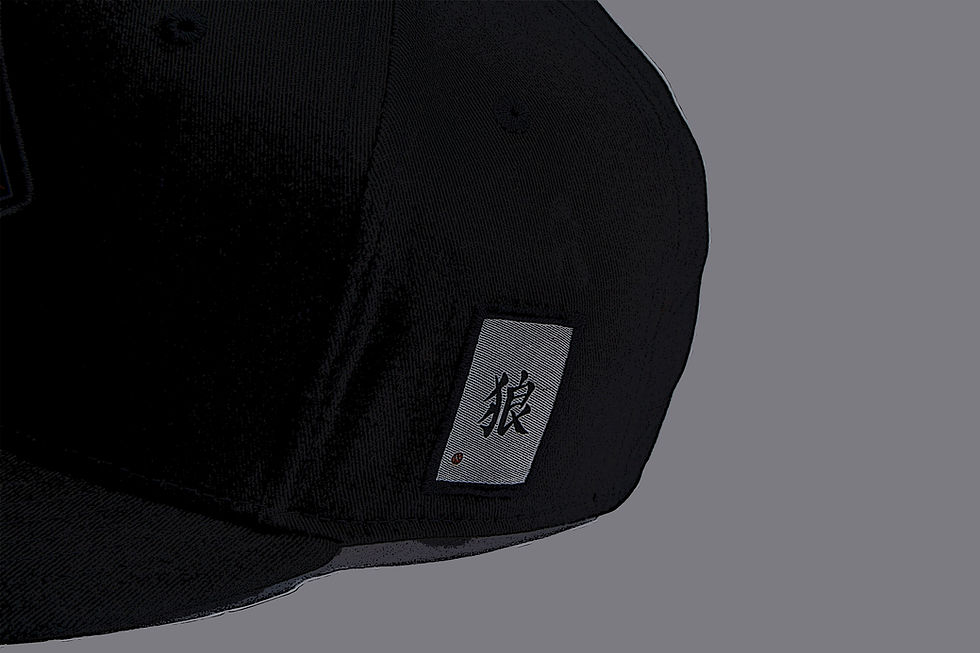Where the traditional meets the contemporary
- てんてん

- Feb 26, 2018
- 1 min read
Updated: Apr 15, 2019

An art form in far east Japan, Shodō/書道 or Japanese calligraphy, dates back from Kara-ai no hana no utagire (韓藍花歌切), AD 749. Made on 'washi'/Japanese paper and using local fiber, the washi is processed by hand and made in the traditional manner to such unique and cultural standards that the Japanese craft is registered as a UNESCO intangible cultural heritage in its own right.
The washi paper once prepared is then used for tradition writing. Our washi has the word 'Ōkami' written inside which means 'Wolf' in Japanese.
The reason why we chose to use the Wolf in our brand is because the Wolf is the ultimate representation of individuality. Although a pack animal, wolves that have separated from the pack are described as 'lone wolves'.
Once the kanji/calligraphy is done, the washi paper is then stamped with a red seal called 'hanko/判子' akin to an author's signature. We chose to seal our washi with the seal of the prominent swordsman Sasaki Kojirō who was widely considered a master of his craft.


link link link link link link link link link link link link link link link link link link link link link link link link link link link link link link link link link link link link link link link link link link link link link link link link link link link link link link link link link link link link link link link link link link link link link link link link link link link link link link link link link link link link link link link link link link link link link link link link link link link link link link link link link link link link link link link link link link